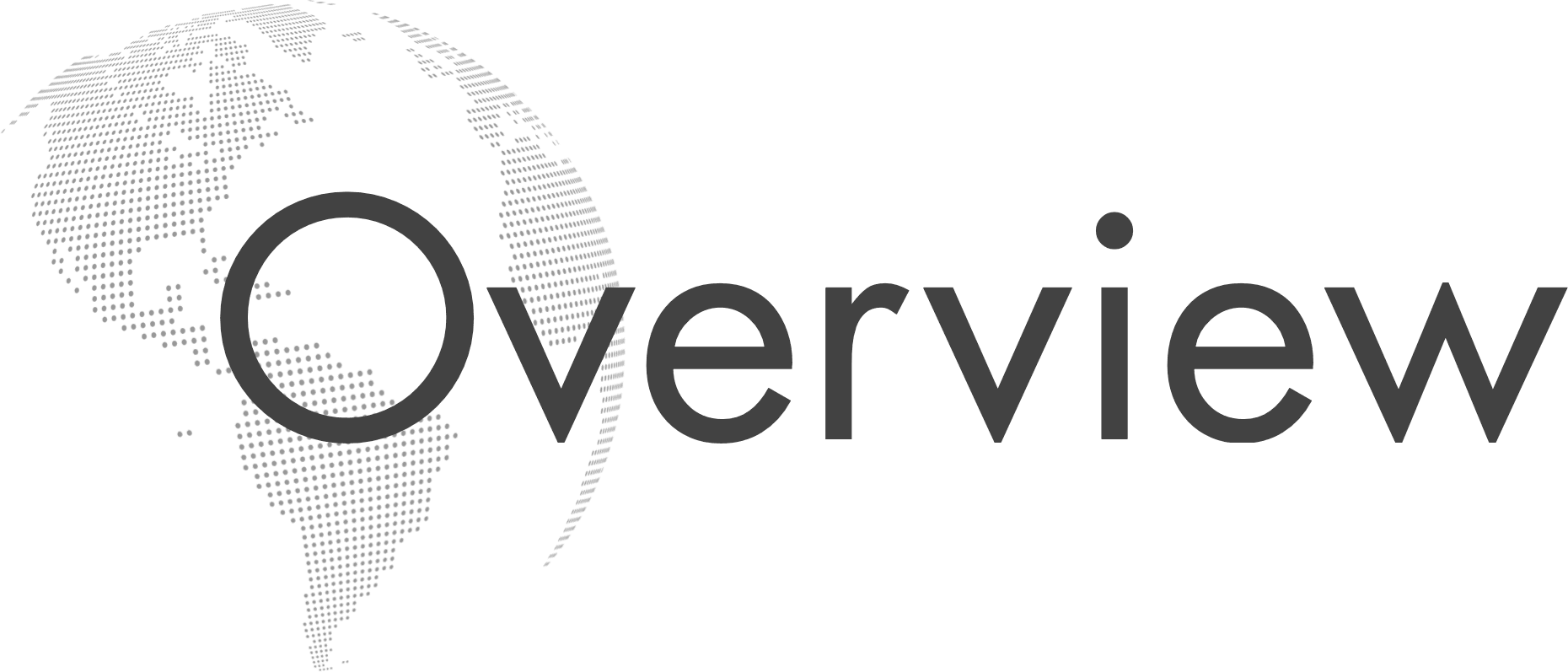US President Donald Trump made good on his threat to impose tariffs on some of his trading partners on Monday. He started with two of the most prominent, Japan and South Korea, warning them in separate letters to their leaders—published just after noon in Washington on his social network, Truth—that goods imported from both countries would be subject to 25% tariffs. The White House then confirmed something that had been widely suspected: the end of the 90-day truce that Trump himself granted to dozens of his trading partners has been postponed until August 1.
White House spokeswoman Karoline Leavitt said this in a press conference, informing reporters that the postponement would be issued in the form of a presidential decree. Given the volatility that has defined the aggressive US trade policy since Trump's return to the White House, it cannot be ruled out that everything could change again (who knows, maybe several times) between now and August 1.
Wednesday's deadline was the big economic news of the week in Washington, which began with the world once again facing the uncertainty caused by the comings and goings of the Trump administration.
In his letter to Japan and South Korea, he also warned them: if they decide to respond back with taxes on American products, Washington will impose an additional rate of the same amount on top of the 25% imposed this Monday. The announcement immediately caused a fall in the markets, which are also sensitive to the uncertainty that governs Washington's economic decisions.
The two letters, addressed to South Korean President Lee Jade-miyung and Japanese Prime Minister Ishiba Shigeru, are very similar. They begin by stating that their submission demonstrates"the strength and commitment" of their respective trade relations, and that the United States has decided to continue them, but only within a"fairer and more balanced" framework. Thus, they offer, the text continues,"to participate in the extraordinary US economy" provided they agree to overcome the "trade deficits" caused by "tariffs, and regulatory, non-tariff, and trade barriers," which, the letter adds,"unfortunately, are far from reciprocal."
"If for any reason they decide to raise tariffs [on U.S. products] we will respond with that same tax plus 25%," the letter threatens, adding that no tariffs will be imposed on Korean or Japanese companies that decide to manufacture in the United States. The text also says:"This trade deficit is a serious threat to our economy and, indeed, to national security!" Washington is also open to changing its decision,"and considering an adjustment," if both countries agree to change the existing conditions for U.S. goods.
These new tariffs do not affect existing tariffs imposed by sectors such as aluminum and steel (50%) and cars (25%).
The idea of advancing the global trade war through correspondence was already launched by Trump last Friday, when, after several days in which his administration flirted with the idea of postponing the July 9 deadline, the president of the United States went on the offensive again with the announcement of the sending this Monday of a first batch of letters to"10 or 12 countries" with the decision made by his administration on which tariffs will fall on them, and that these will take effect on August 1. The Republican did not give details about the countries that will receive these letters first, nor what tariffs they will carry. He did give a double, albeit vague, range, between"10 and 20%" and "up to 60 and 70%."
White House spokeswoman Karoline Leavitt confirmed in a press conference on Monday that more letters were expected in the coming days, promising"more agreements" and that "countries will continue negotiating with the United States."
Frantic negotiations
The last few days have been intense in Washington, where negotiators from several countries have paraded through the city, eager to reach an agreement in principle before Wednesday and aiming to avoid unilateral US decisions. Korean Trade Minister Yeo Han-koo met this Saturday with Jamieson Greer, the Trump administration's trade representative.
Japan, for its part, had come under fire after Trump criticized Tokyo for its"tough" negotiating style last week. The US president pressured them to increase their rice imports from the United States and criticized the bilateral relationship regarding the sale of cars. The Republican also threatened Japan with a letter with a tariff of"30%, 35%, or whatever amount we determine." That amount, in the end, was somewhat lower.
Both 25% tariffs are very similar to those Trump threatened both countries with when he announced the imposition of tariffs on April 2, which he mistakenly called"reciprocal" on dozens of their trading partners in a gesture that escalated the global trade war the president has been threatening since his second term in office. On the huge poster Trump appeared with, South Korea was assigned tariffs of 24%. Japan was assigned 25%.
Last week also marked the closing of an agreement in principle with another Asian country, Vietnam. In exchange for not imposing tariffs on US imports, Hanoi received a 20% tariff on all its products, double the universal tariff Trump announced in April after ordering the 90-day reprieve, but also less than half of the 46% he initially threatened.
The tax will be 40% for products that undergo"transshipment," a clause designed to prevent China from shipping goods to the United States through Vietnam, thereby avoiding higher rates.
